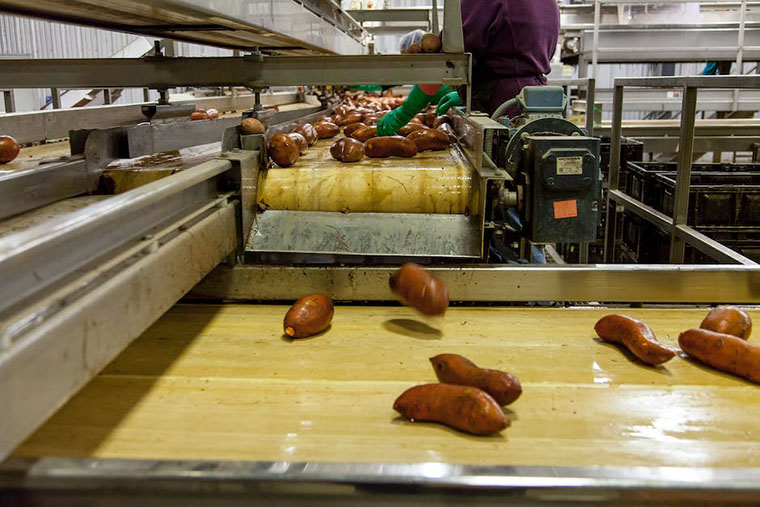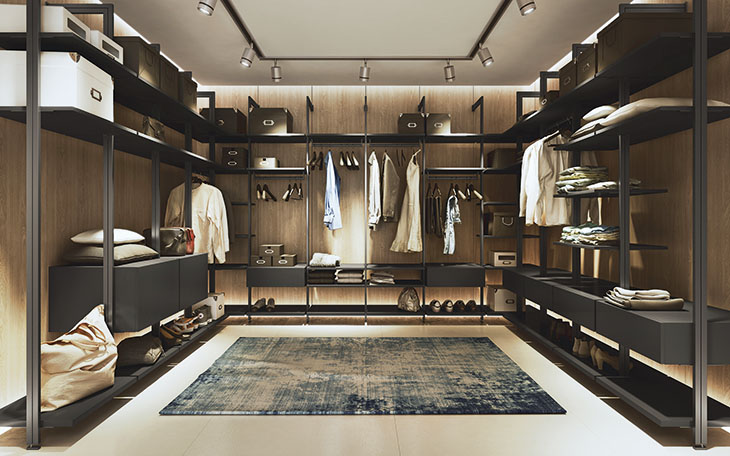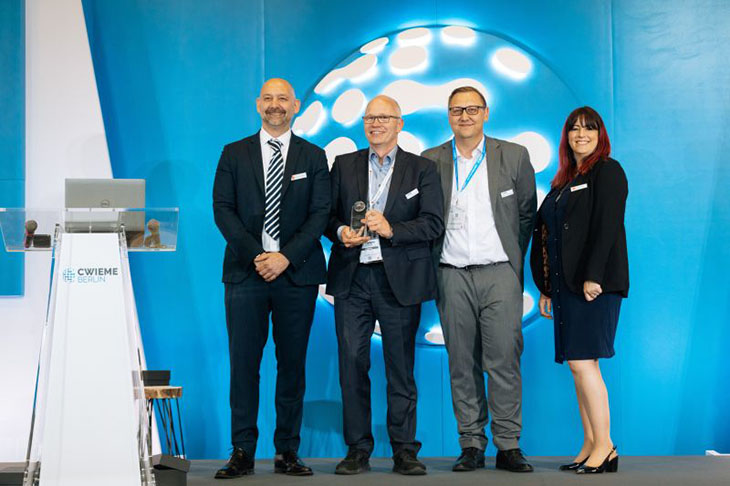A turbine layer by layer: World’s largest powder bed fusion system increases build volume 26-fold, reduces material cost and adds in situ electron imaging.
Higher productivity and quality management enable industrial-scale production.
Additive Manufacturing (AM) in the form of powder bed fusion (PBF) is known for its flexibility and design freedom as well as more efficient material processing, compared to conventional manufacturing methods. However, the technology is not yet economically viable at an industrial scale due to a number of reasons. The possible part size is limited and the final component quality is highly dependent on the quality of the powder used. To bring AM for metal and alloy processing to an industrial level, ALD Vacuum Technologies combines three proven technologies for large components while maintaining high productivity: high temperature vacuum environments, efficient electron beam technology, and powder distribution under vacuum. The company succeeded in building the world’s largest E-PBF system, thus enabling the production of components significantly larger than established PBF-concepts allow. Components like turbine parts or implants are built by selective melting of metal powder layers made of titanium alloys such as Ti64 or titanium aluminide, nickel-based superalloys, copper or refractory metals.
Additive manufacturing processes like powder bed fusion are becoming increasingly popular in metal processing due to their low material consumption and flexibility. “Instead of subtracting material through conventional operations such as milling, the desired parts are formed in layers by melting and fusing metal powder using a strong heat source like a laser or electron beam,” Dr. Fuad Osmanlic, Vice President Additive Manufacturing at ALD explains. “In general, this allows better control of resources and results in less material waste and lower energy consumption.” However, processes such as PBF are often still limited to industrial scale manufacturing, particularly in terms of component size which reduces the range of possible parts. In addition, the quality of the production depends on the powder used and can, for example, deteriorate the mechanical properties of the component and thus reduce the yield. Depending on the system design, the process can also be very energy-intensive and time-consuming, making conventional manufacturing processes more viable in certain situations.
In order to eliminate these disadvantages, ALD uses its many years of expertise to convert various techniques into plant designs that are geared towards serial production with high flexibility, in-depth process control and optimized resource management. This has resulted in the so called EBuild: a completely new plant design for the Electron beam Powder Bed Fusion (E-PBF) process. It is the first system on the market suitable for both large-scale parts and high-volume production. Among other features, a special powder application system, highly efficient electron beam technology and heat-repellent materials enable an increase in efficiency in end products, such as turbines, while significantly reducing material consumption compared to conventional manufacturing processes. Furthermore, the system is designed to be completely vacuum-tight, enabling the additive manufacturing of metal parts in vacuum or a controlled inert gas atmosphere. The synergy between the individual system components and a smart control system leads to cost reduction and lower carbon footprint of production and product life cycle.
26-fold build volume compared to market leader in E-PBF
In its basic configuration the EBuild® 850 system is designed to produce metal parts with dimensions up to 850*850*1,000 mm³ out of metal powder by layer-wise selective electron beam melting and subsequent solidification. The main system components include an electron beam gun, a retractable build chamber, a process chamber connected to an advanced powder application system, as well as mobile withdrawal and extraction units. A second build chamber may complement this setup in order to perform the melt and cool down processes in one chamber while extracting the parts and powder from the second one and prepare it for the next built. “In order to overcome the limitations in component size, we have deliberately worked to expand the chamber design to many times the usual dimensions without sacrificing process quality,” Dr. Osmanlic explains. Therefore the high-precision withdrawal unit can position a powder bed weighing up to 15 t with an accuracy of approx. 0.01 mm and a total build height of approx. 1,000 mm.
In order to apply the base material, the powder application system, which can even handle powders with low flowability, is filling the build area through a uniform powder distribution. Therefore, the feeder platform is raised exactly by the height defined by the operator. This ensures that the powder fed to the rake always remains constant. To prevent the high process temperatures during melting from affecting the powder distribution, the application system is water-cooled. “It was important to us that our powder application system can also handle powders with low flowability to increase the powder yield, which both saves resources and lowers the price per kilogram,” Dr. Osmanlic adds. While the rake is feeding new material layer by layer, the electron beam selectively melts the powder in alignment with the defined component contours until the part is finished and ready to be handed over to the extraction unit for cooldown. All chamber walls and components exposed to high temperatures are equipped with heat shields to keep energy consumption moderate during melting and avoid heat loss. Moreover, all valves exposed to powder and metal dust have been equipped with specific protection devices to ensure reliable functionality under this severe operating environment. “These types of valves have been field-proven in similar applications under production-scale conditions for many years,” Dr. Osmanlic adds.
Digital twin with back-scattered electron imaging
In order to meet the demands of industrial series production, the system has a high level of automation. This is accompanied by state of the art process monitoring, closed loop control, data logging, status indication, fault and alarm annunciation, as well as safety interlocks to warrant a safe and efficient operation. A feature to be emphasized is the back-scattered electron imaging: it offers the possibility to enable automatic fault detection through high contrast layer imaging as well constructing a digital twin as a 3D model. The entire process preparation, control and monitoring can be carried out via a PC or the built-in interface. Thereby, all relevant functions are being visualized and the whole operating design is self-explaining and easy to operate. In addition, several local control panels installed in the operating area allow specific system functions to be executed locally. “Even with a high amount of automation we value operational flexibility and control where needed,” Dr. Osmanlic explains.
Since implementing AM in metal processing can be a risky decision due to missing experience with the technologies involved, ALD comprehends the EBuild® 850 concept as a joint venture. In close coordination with the buyer, the plant design is projected and tailored to the demands on site, thus equipping the user with a turn-key system including process and production support. “Switching to new technologies in one’s production can be daunting and overwhelming without exploiting the full potential. Therefore, the EBuild® 850 is not an off-the-shelf plant, but specifically tailored to fully access the greater design freedom as well as enabling to produce what is needed, when it is needed – without having to fear exploding energy costs and high material waste,” Dr. Osmanlic sums up.
For further information: www.ald-vt.com





















